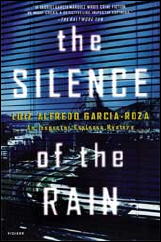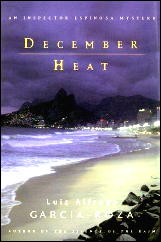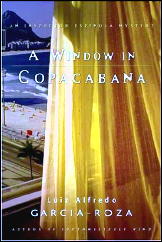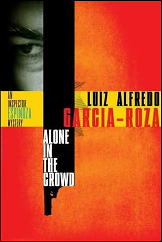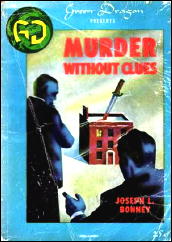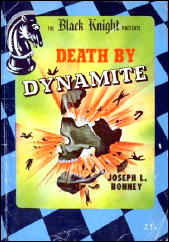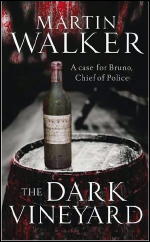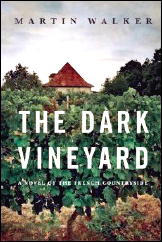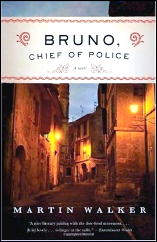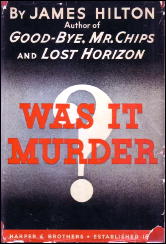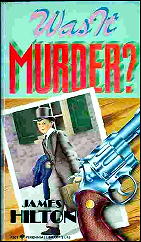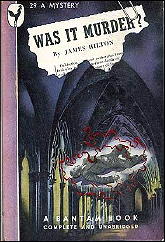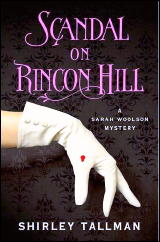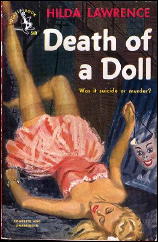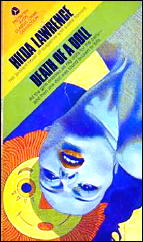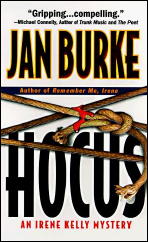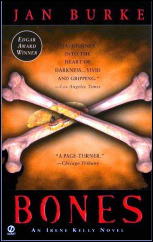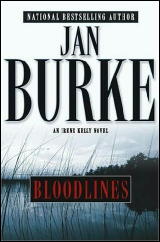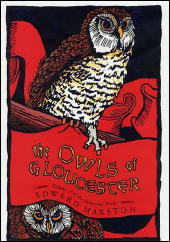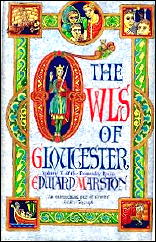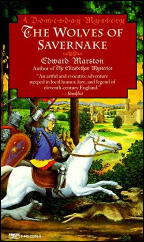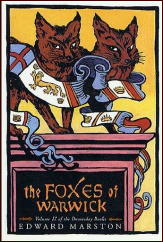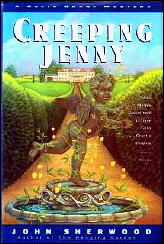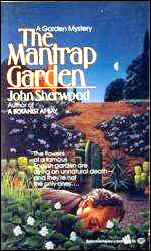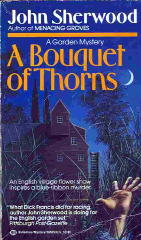Tue 3 Aug 2010
Reviewed by LJ Roberts: SUSANNE ALLEYN – A Treasury of Regrets.
Posted by Steve under Bibliographies, Lists & Checklists , Characters , Reviews[7] Comments
Reviews by L. J. Roberts
SUSANNE ALLEYN – A Treasury of Regrets. St.Martin’s Press, hardcover, April 2007.
Genre: Historical mystery. Leading character: Aristide Ravel; 4th in series; 2nd published (see below). Setting: France, 1797.
First Sentence: Since the twenty-fourth of Frimaire, Aristide Ravel had dreamed at least a dozen times of the guillotine.
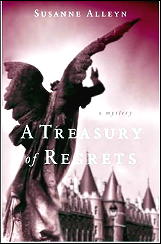
It begins with the poisoning death of Martin Dupont, the controlling head of a large household. A servant girl, Jeannette Moineau, is arrested. A member of the house, Laurence, asks the police for help as she does not believe the girl is guilty.
Police investigator Aristide Ravel agrees to work with her, also discovering there is another link between them from the past. As others die, Ravel continues to search for motive believing if he finds the motive, he’ll find the killer.
Ms. Alleyn does know how to bring post-Revolution Paris alive. Best of all, we come to know the period from the characters; their memories, the awkwardness in speech tying to confirm to the new forms of address, the new calendar and the challenges living day-to-day. It is enough past the Revolution that there is not the high level of fear, but recent enough that you sense people’s uncertainty.
Aristide is a complex and interesting character, but although his back story was provided, he never really came to life. In spite of the personal connection between him and Laurence, I sensed no chemistry or emotional connection. Even at the end, rather than being left with a sense of curiosity, I found I didn’t particularly need to know what happens. For the other characters, perhaps because there were so many of them, none of them were well developed.
The story has a very powerful opening. Fascinating information is provided on the different figures involved in the Revolution, and the impact on the monetary structure. The plot, however, was very slow until about half-way through. As we progressed, I felt there was a rather too convenient twist and huge leaps in logic made to bring us to the proper conclusions.
In spite of the positive elements, and there were some, I did not find this book as engrossing as the previous books in the series. Had this been the first book I’d read of this series, I might not read another.
Fortunately, I have read the other two books published so far, and I loved them. I have great hopes that the next book will restore my faith in this author.
Rating: Okay.
The Aristide Ravel series:
1. Game of Patience (2006) [Book Three; 1796]
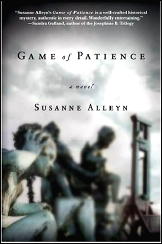
2. A Treasury of Regrets (2007) [Book Four; 1797]
3. The Cavalier of the Apocalypse (2009) [Book One; 1786]
4. Palace of Justice (2010) [Book Two; 1793]
